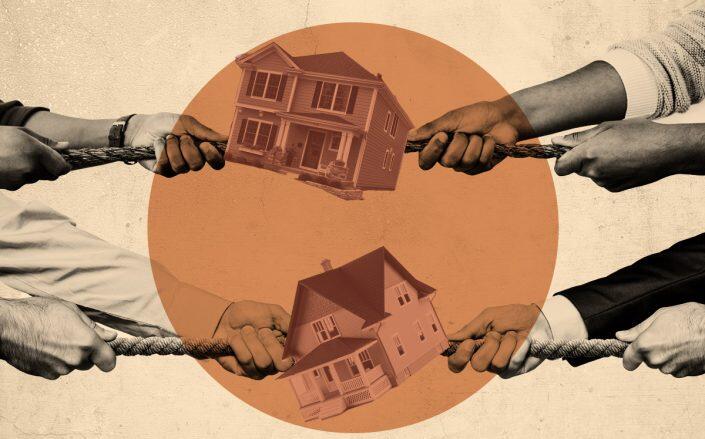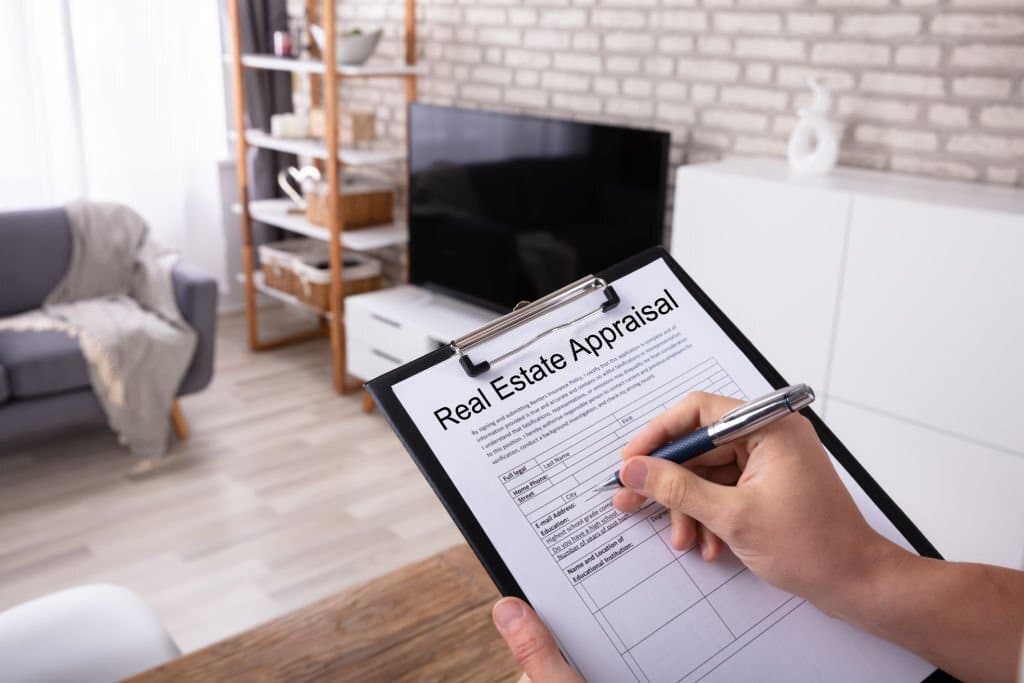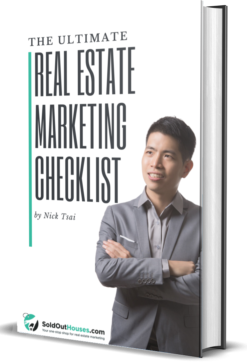Are you eager to become a real estate agent who sells a million dollars worth of properties in a year?
The process of selling real estate is so complex and demanding; it presents a significant challenge for many realtors. It encompasses several stages, challenges, and uncertainties. It can be exhausting, time-consuming, and become a failure without sufficient planning.
However, you may gather leads, develop them, expand your clientele, save time, and close deals quicker by establishing a simplified and effective sales process.
In this article, we’ll be sharing with you the ultimate real estate sales process from listings to closure. Go through the whole content to discover everything you need to know to become the ideal listing agent who gets all the referrals.
1. Preparation of listing presentation and agreement
Preparing your listing presentation is crucial to the sales process because it’s an opportunity to make a significant first impression.
The presentation should contain your past seller’s records, a pricing strategy with a detailed comparative market analysis, an overview of the marketing strategy you’ll be using, and anything else you’ll need to show that you are the perfect fit for the job.
A successful listing presentation often results in signing a listing agreement which formally gets things started. The listing agreement is a legally enforceable document that automatically grants the agent power of agency over the property, allowing him to proceed with the sale as planned.
Before the house is put on the market and after the listing agreement is signed, you are required to do extensive due diligence on the seller by learning about his motivations for selling, how quickly he needs the house to sell, and any potential red flags like delinquent taxes or liens.
2. Prepare and stage the house for showing
The next step after the property is listed is to prepare and stage the house. According to 82% of buyer’s agents, home staging helps potential buyers envision the property as their future home. Hence it has become a “must-do” for many realtors.
Homes that have been staged have sold 90% more quickly and profitably than unstaged homes.
Good staging enhances the home’s appearance in photographs, enables purchasers to picture themselves living there, and highlights its positive attributes while masking any negative ones.
Because prospective buyers don’t want to see any repairs that must be undertaken once they move into the house, home staging is also advantageous. If they find faults with the house, they will deduct the cost of any defects from their offer price, and if there are too many, they may decide not to buy the house at all.
To achieve this, you have to thoroughly clean the rooms. Everywhere should look spotless, and all appliances, kitchen sinks, and toilets should look new; then declutter the house, remove personal items, repaint if necessary and make sure all odors are eliminated.
Any repairs that are required to be made should also be carried out. You should keep an eye out for damaged appliances, broken faucets, leaking roofs, and other problems that can make the house less appealing. Fix the problems so you won’t be caught off guard when it comes time for viewings or house inspections.
When all this has been done, be sure to hire a professional photographer to take pictures and videos of the property because it’ll be used to market the property.
3. Price the home
You must be careful when determining the price of the listed home to avoid having a negative impact on the sale.
Many potential buyers will be scared away from purchasing a home if it is priced too low because they will assume that something must be wrong with it. If it is priced too high, many people will claim that it is overpriced and avoid viewing it.
There are lots of things that realtors should take into consideration while pricing a home. This includes the location of the house, when the house was built and with what materials, the amenities in the house, the square footage, the number of rooms, and the overall condition of the property.
4. Devise a marketing plan for the house
After getting the house ready and set for the market, the next thing is to plan the strategy you’ll use to effectively market the house.
You must take into account the conventional methods of marketing the home, such as holding open houses, placing banners and signposts that advertise a home for sale, sending emails and making phone calls, placing ads in local publications, and so on. Even if they are fading, these tried-and-true methods are still highly useful and shouldn’t be abandoned entirely.
However, with the use of the web strategy, the house can become far more visible than you could have ever imagined using only conventional marketing techniques.
You could advertise the house on various social media networks by posting on your company pages or running sponsored advertisements. Additionally, you can add the listing to your local MLS, your company website, or other well-known real estate portals for featured homes. If you want to get access to all the real estate marketing templates you need, check the description below or go to soldouthouses.com.
After developing strategies you feel would be the best for your marketing according to your budget, the next step would be to give them effect by pushing them out for people to see. The pictures and videos of the staged house should be effectively used at this point.
5. Show the home
A real estate showing is a scheduled appointment made by a professional for a potential buyer to visit a property. After you begin marketing the property, you’ll undoubtedly attract a large number of potential buyers who want to see the property in person before making a decision.
It is often advised that the realtor should be in charge of the showings with the house owner absent because the house owner would most likely mix business with emotions. Most serious buyers find that private viewings of houses are preferable to open houses because they give potential buyers more time to go about the property, inspect it thoroughly, and ask questions.
Additionally, it offers the possible buyer a cozy feeling and enables them to connect with the property by visualizing themselves living there, which would have been challenging if there were many people on the premises.
6. Negotiate offers with qualified buyers
Ideally, offers would begin to come in once the house is listed and seen by prospective purchasers. This is where a real estate agent is most needed to showcase his expertise in negotiation.
In a competitive, seller-friendly local market, bidders are more likely to make offers at or over the asking price, and you might even receive multiple bids. On the other hand, if sales are sluggish in your region and you receive few offers, you may need to be open to negotiating, which means there may be counter offers after counter offers or even outright rejections.
When there are multiple offers, you need to weigh not just the pricing but also the down payment amounts, proposed closing dates, payment methods, and, most critically, contingencies. Contingency clauses provide an avenue for one or both parties to pull out of a real estate contract if a set of predetermined requirements are not met.
Before accepting any offer, you should be aware of any mortgage, title, home inspection, home insurance, or appraisal contingencies that may be included in the buyer’s offer.
7. Property appraisal/ property inspection
Once both parties agree on the price, the buyer will arrange for an inspection to look for flaws or defects. An appraisal might also be needed, particularly if the buyer depends on a lender to finance the sale. This is because most financial institutions require an appraisal before agreeing to fund a mortgage. Typically, a clause in the sales contract often states that the offer would be contingent upon a home inspection or/and appraisal.
During this inspection, the house would be checked from the rooftop to the foundation. The appliances would be checked, the plumbing outlets, the electrical fixtures, and anything that was included in the sale.
The appraiser would also inspect the property and may come up with justifications for lowering the price or indicate items that need to be installed and/or fixed to retain the original price, which might result in additional negotiations and compromises.
8. Close the deal
After the appraisal and inspection have been concluded and the sale is still expected to occur, the next step would be closing the deal. This is the last process, which involves providing the necessary paperwork after signing the purchase agreement.
The paperwork includes the property deeds, the homeowner’s insurance policy, water, sewage, or other property bills, plot or survey plans, warranties, utility records, title insurance policies, and others.
After this is done, the keys would be handed over to the buyer on the agreed date, and the sale would be deemed complete.

I became a realtor when I was 25, Right now I’m a digital marketing expert helping realtors, brokers and real estate agents generate more leads online.

















